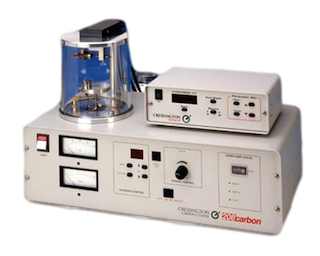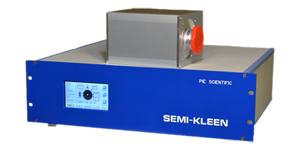Science is a field of knowledge that has been expanding throughout the years. From the beginning of the Greek civilization, it has been one of the areas of learning which humans always take part in, leading to a great progress in the field throughout time. Mankind’s dedication to science has also led to it expanding into a mastery that consists of many other branches of learning, such as zoology, botany, physics and so many more.
While it has grown into a vast field of study, science kept on growing. Scientists in various fields have been so eager to know more about the world, thus widening their knowledge by doing more studies that are more advanced. And for these advanced studies that humans have come up with equipment that can be used to gather information better. Thus humans invented the laboratory tools such as the electron microscope.
The electron microscope is a very useful tool in conducting research. It is capable of seeing objects that are a thousand times smaller. Apparently it has way higher magnification compared to the optical microscope. However, this tool is complicated and requires personnel training for you to be able to properly use it. As electron microscope has a very high magnification, it is important that the specimen that is to be scanned to be uncontaminated in order to conduct inspection more properly. Thus it is important that you use a de-contaminator after you prepare the specimen. And for this you would need a Plasma Cleaner.
Plasma technology can be applied to any electron microscopes and sometimes referred to as “in-situ plasma cleaners”. In electron microscopes, hydrocarbons contamination can be a problem as this affects the image resolution of the electron microscope. This typically appears as a dark scan mark. How scan marks appear? This happens when electron beam scan has induced carbon deposition and carbon been a very low secondary electron yield.
In the past, the only solution to remove hydrocarbon build up in electron microscope is using chamber/column baking, this is tedious and lengthy maintenance process done by service engineers. With plasma technology, an effective de-contaminator, hydrocarbon can be effectively removed from the sample surface within 6 minutes. As a best practice, users can now clean the chamber as often as they like to prevent hydrocarbon build up.
Therefore plasma cleaner has become an essential de-contaminator accessory in high resolution imaging applications.
Plasma Cleaner is a very important tool in electron microscopy. It is what you need in order to remove contamination from the specimen. With the aid of a plasma cleaner, your electron microscope is free from contamination. You can freely conduct your specimen inspection with the electron microscope without worries.









